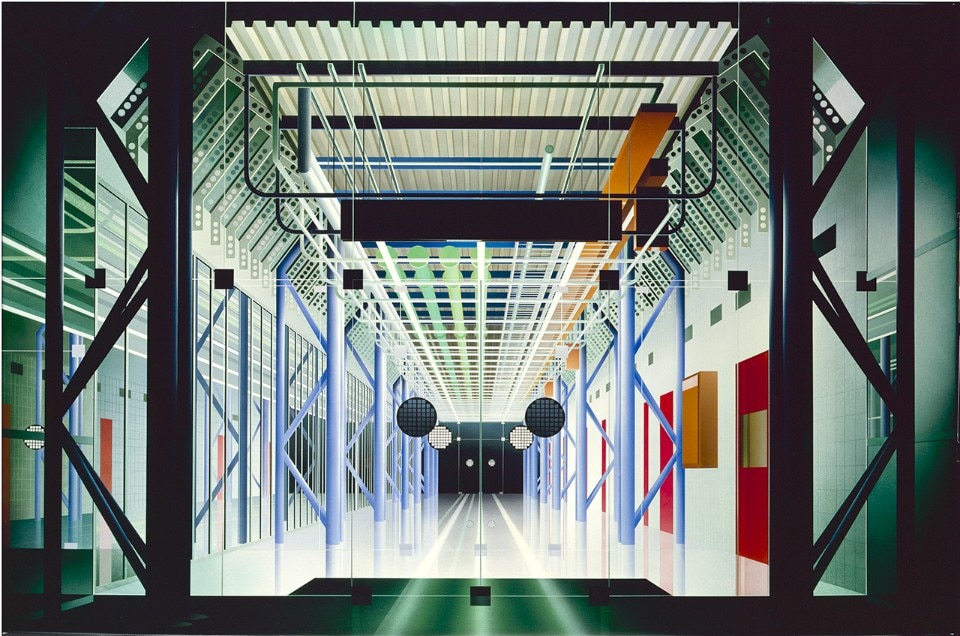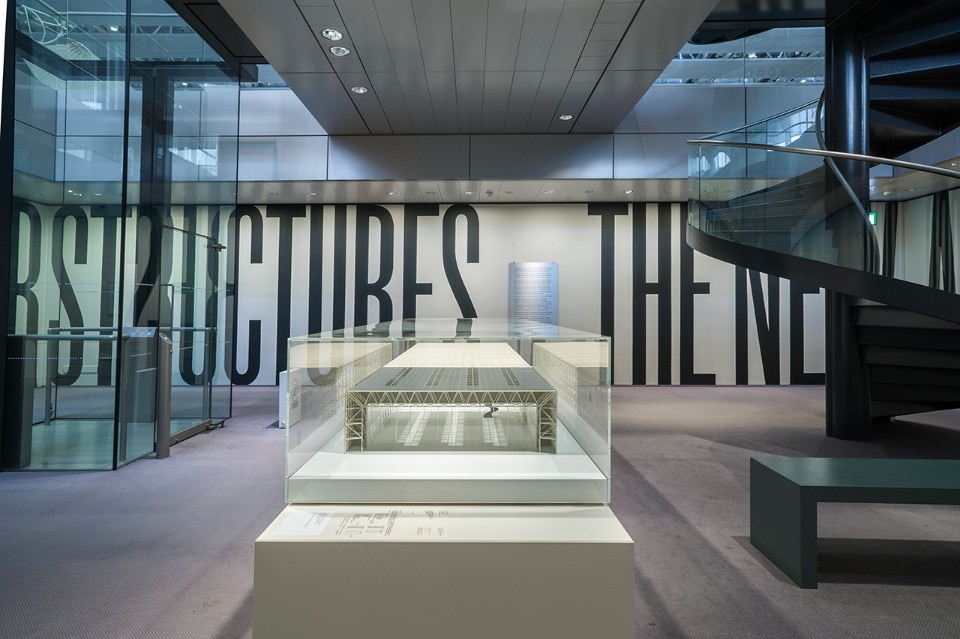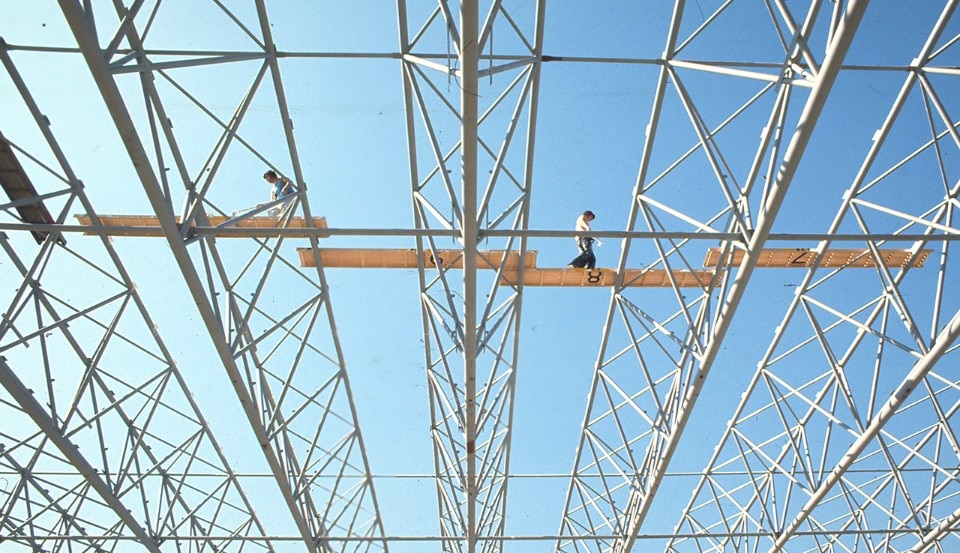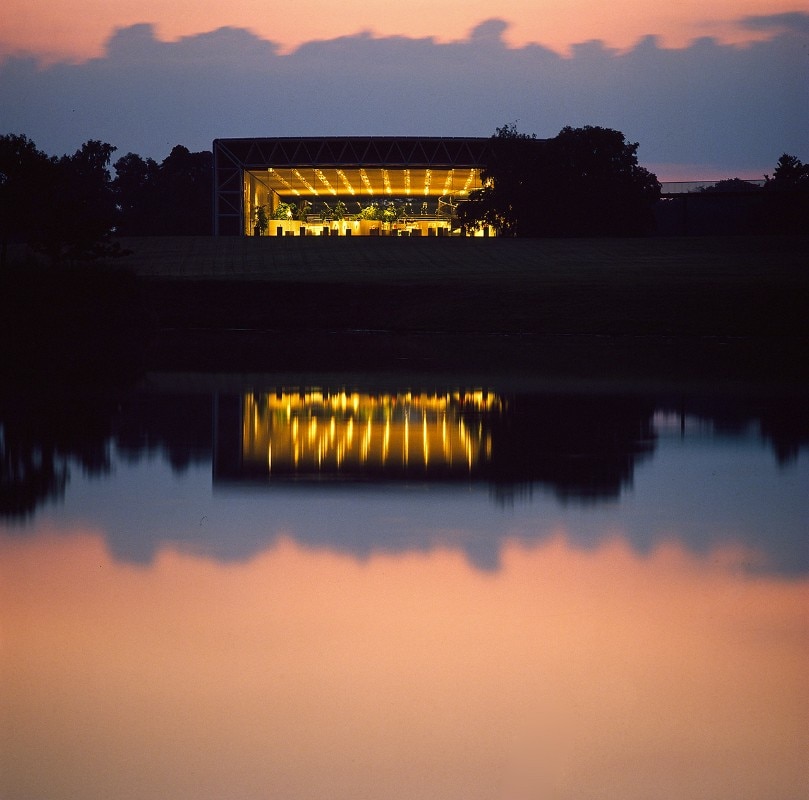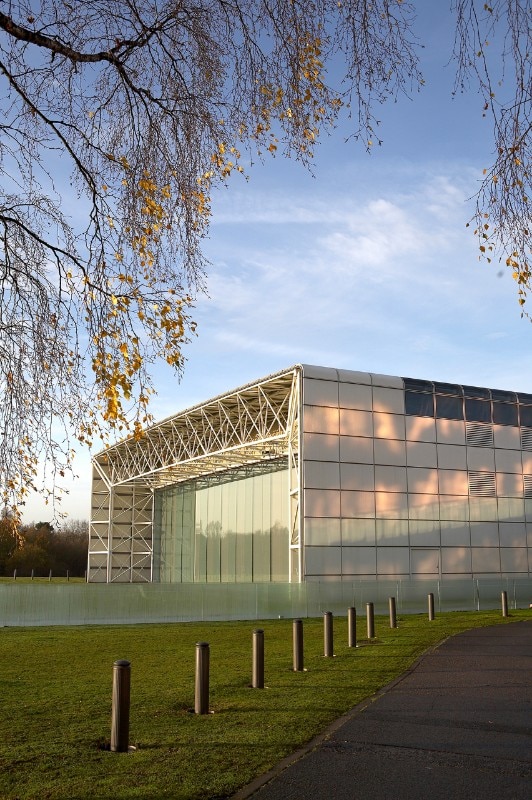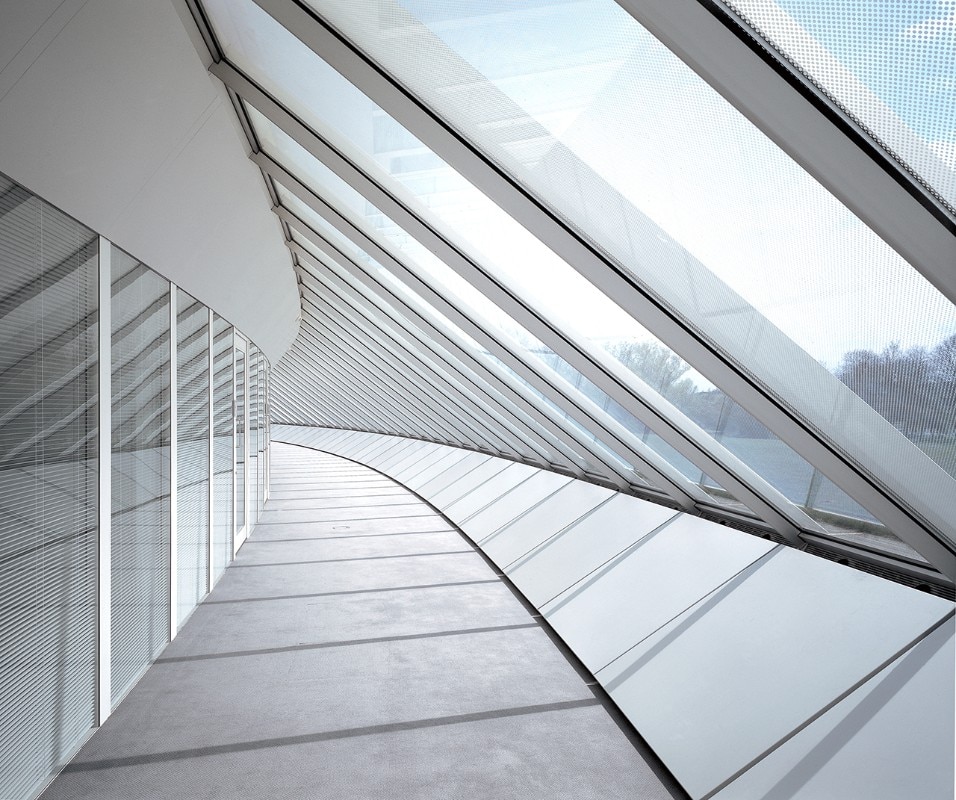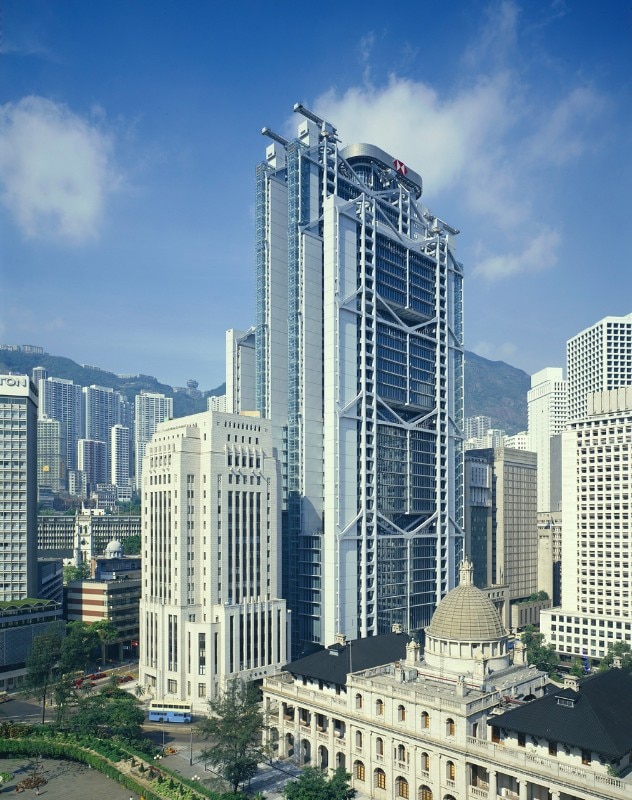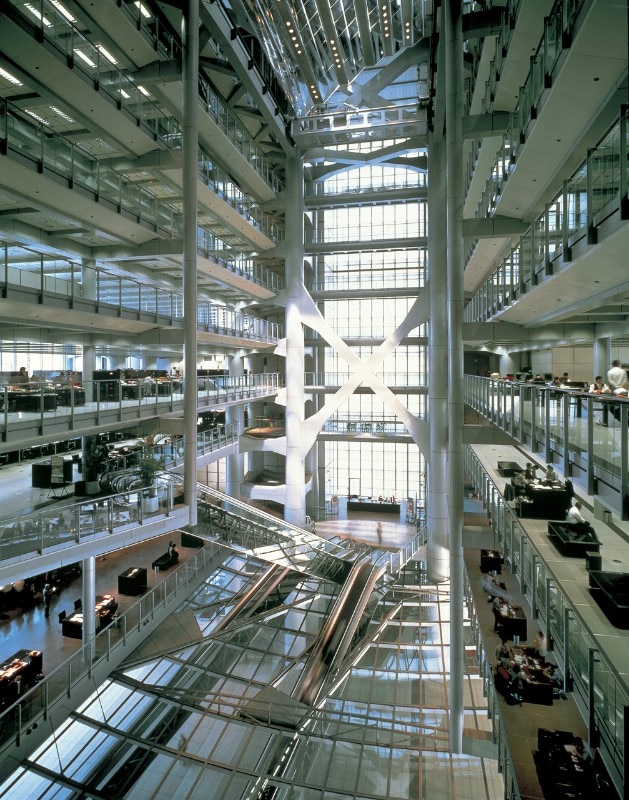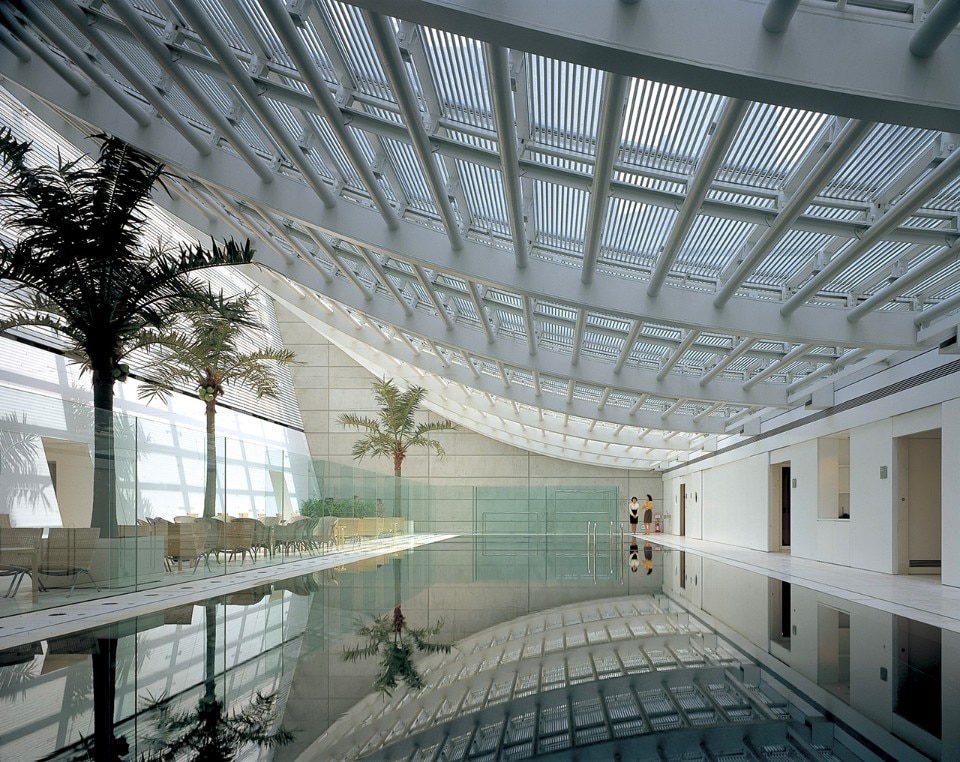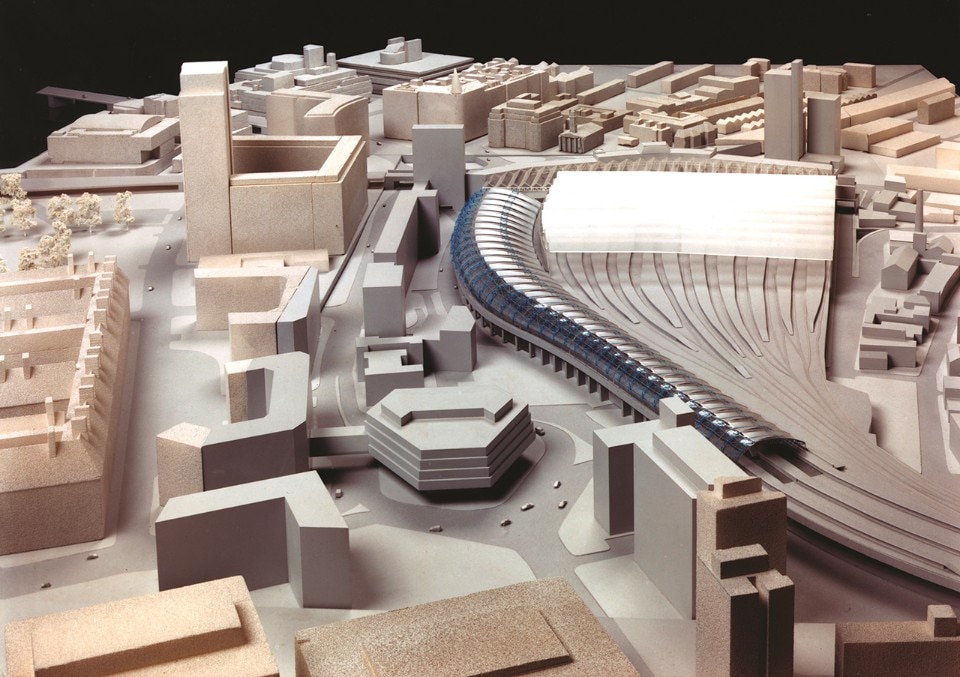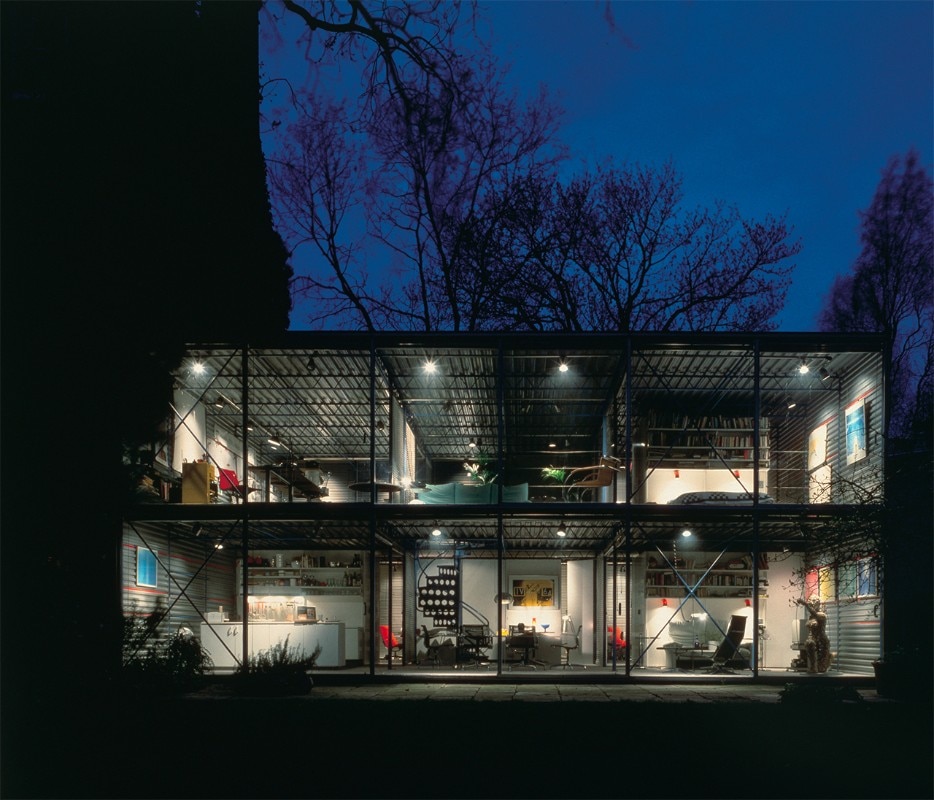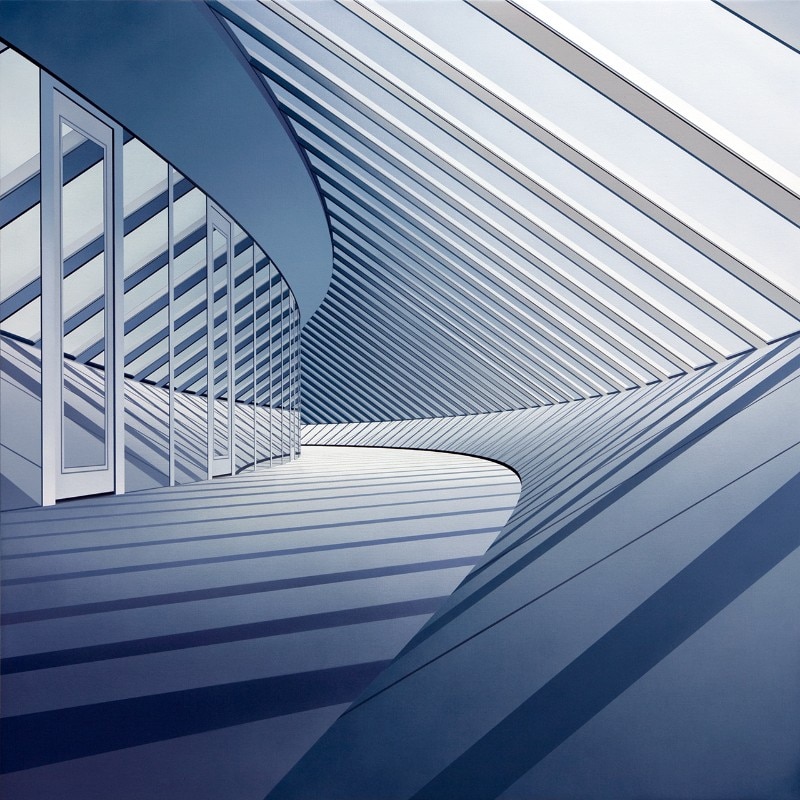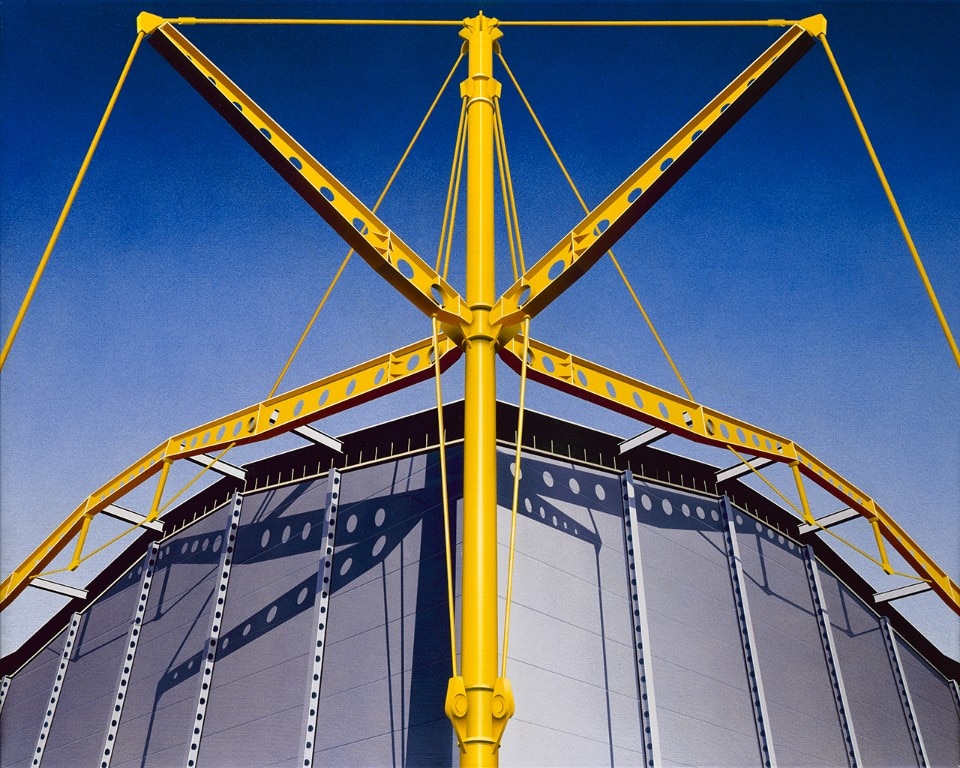The era of cutting-edge structural engineering, also referred to as High-tech architecture – although the term remains controversial – celebrates a new birthday. 2018 marks, in fact, the 40th anniversary of the completion of Norman Foster’s first public building, the Sainsbury Centre for Visual Arts in Norwich, England (1978). Embracing the occasion, the Sainsbury Centre presents “Superstructures, The New Architecture 1960-1990”, an overview of 40 years of architectural innovation and technological experimentation. Curated by Jane Pavitt and Abraham Thomas – both ex-curators at the V&A London – the exposition will remain on show until September 2nd.
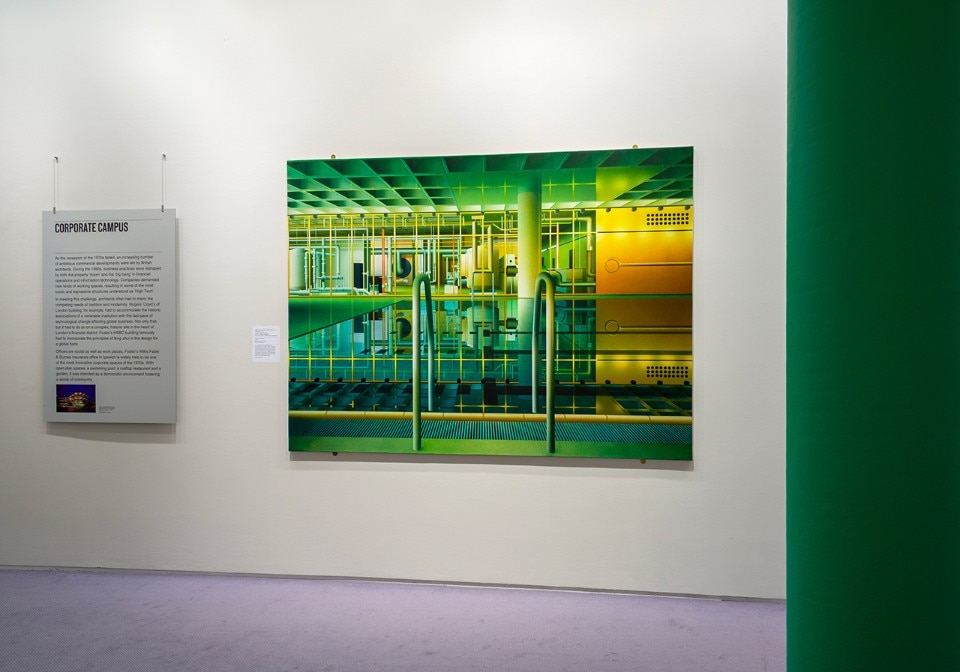
 View gallery
View gallery

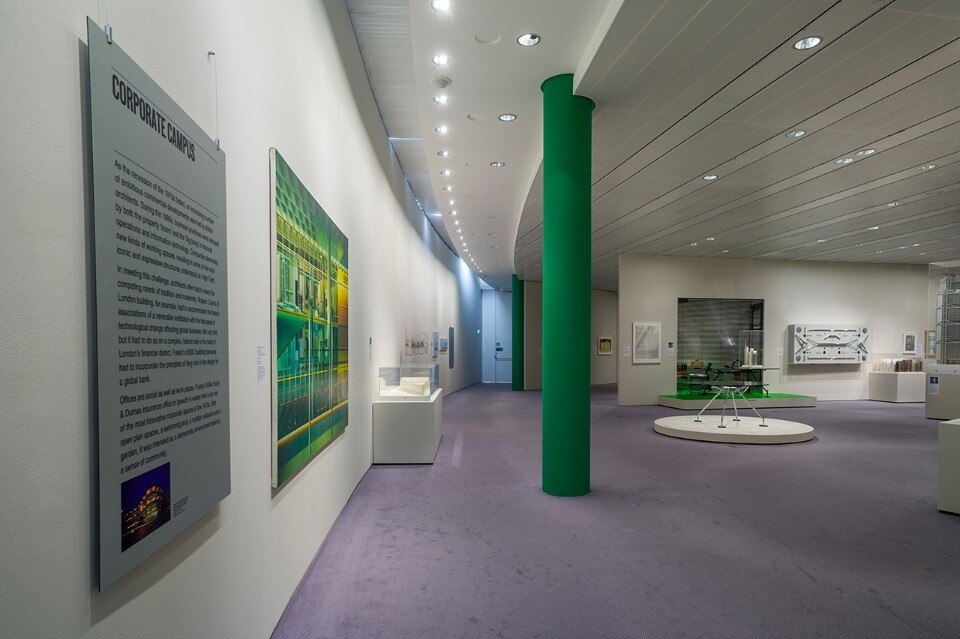
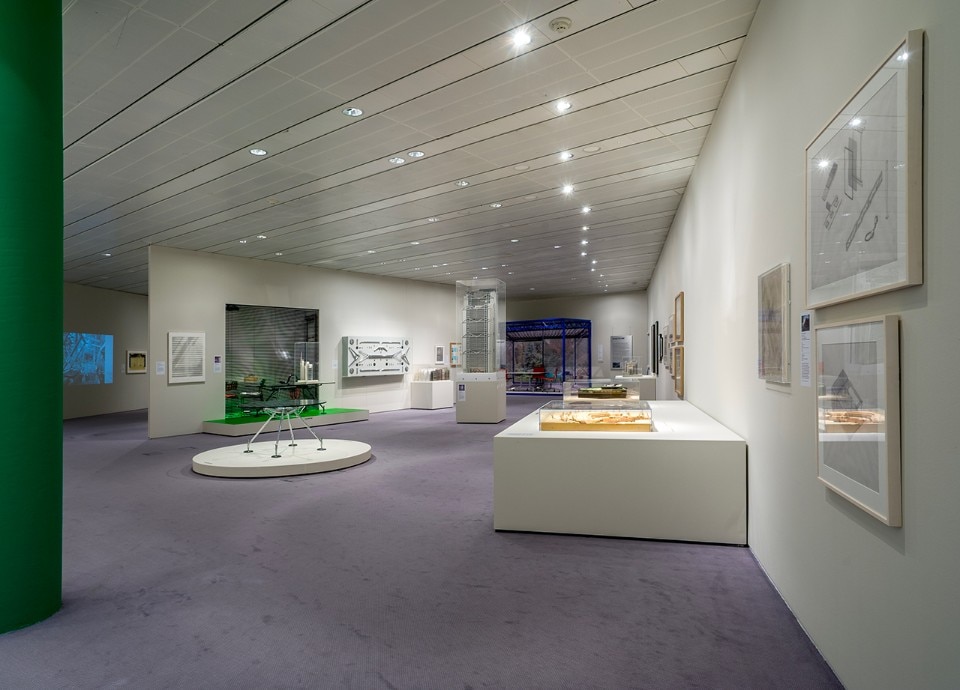
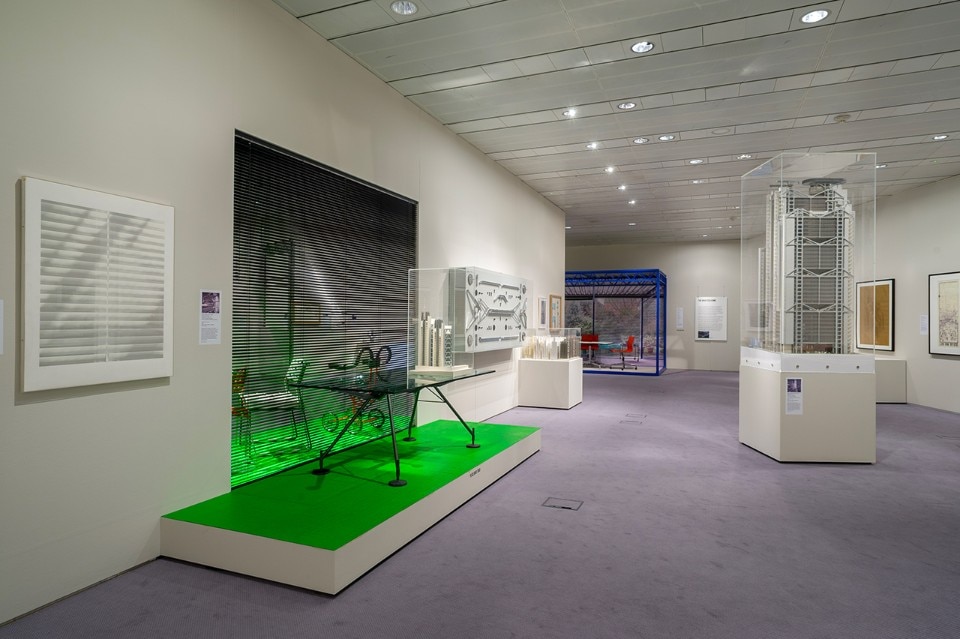
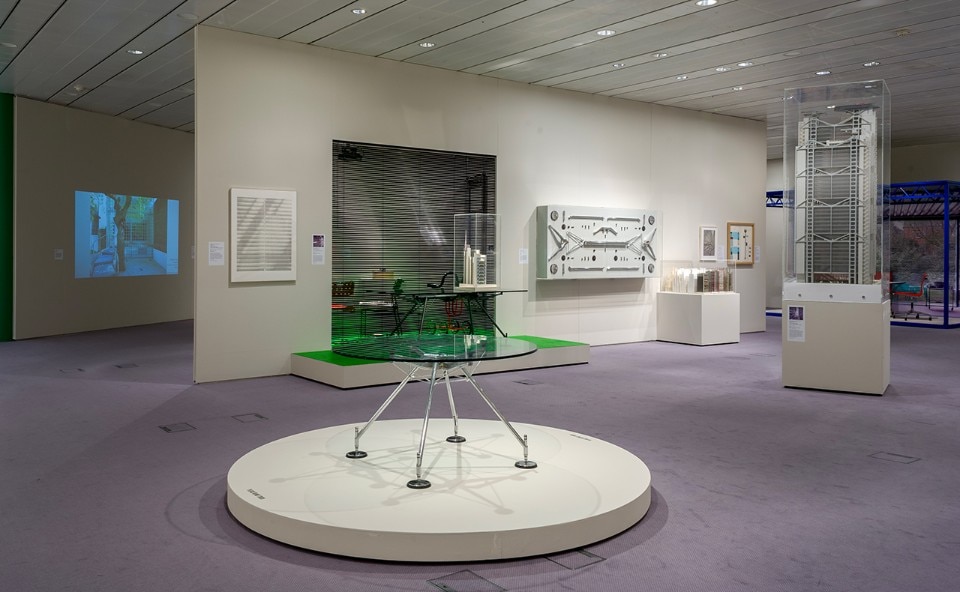
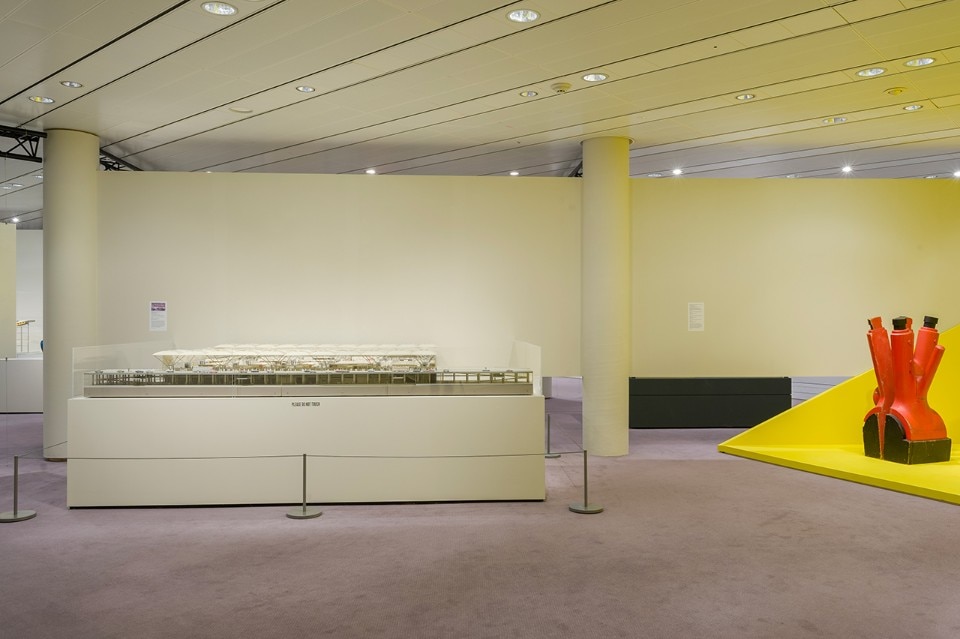
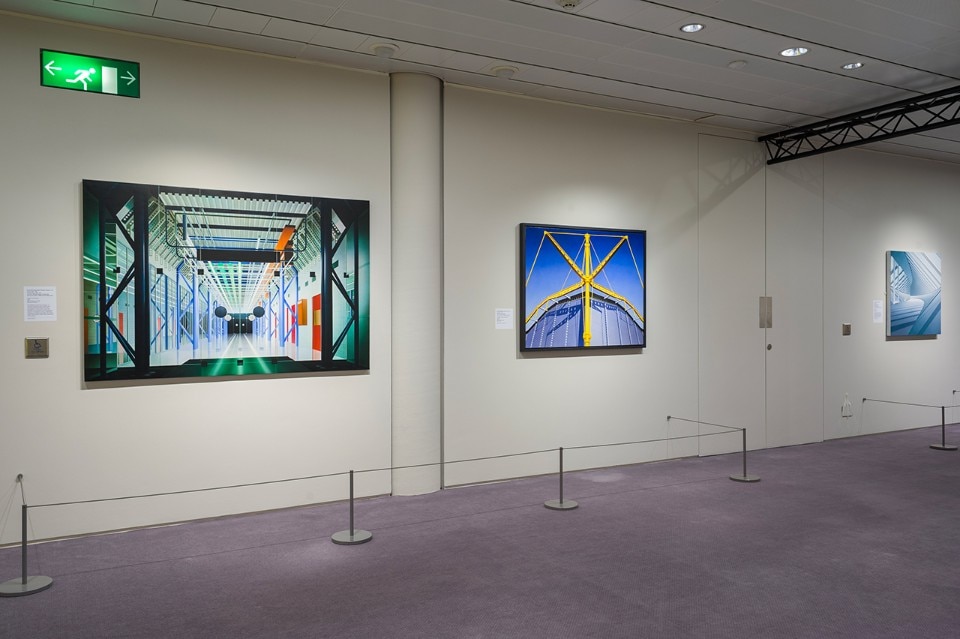
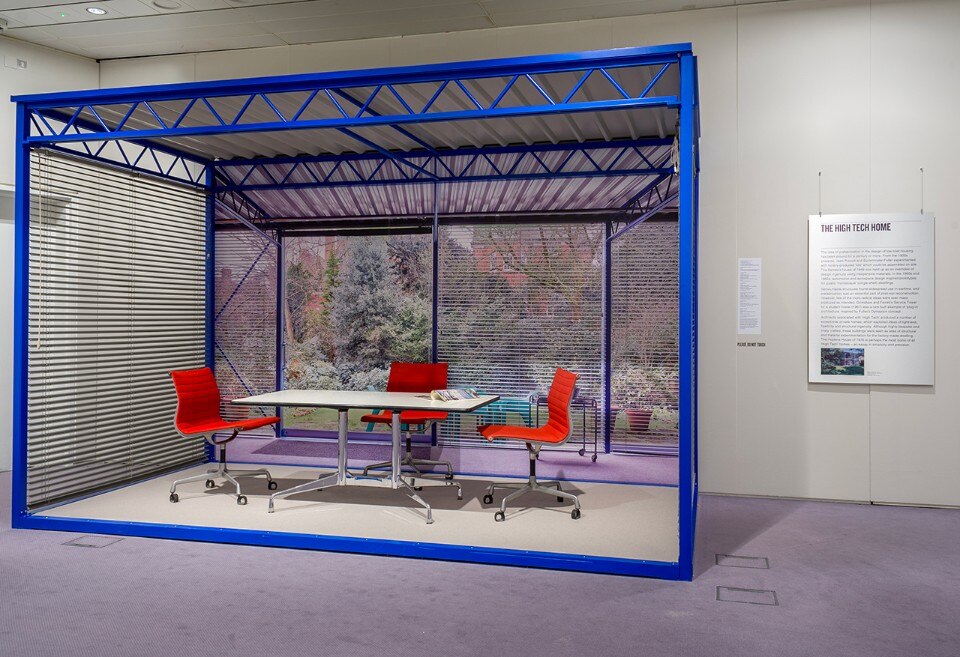
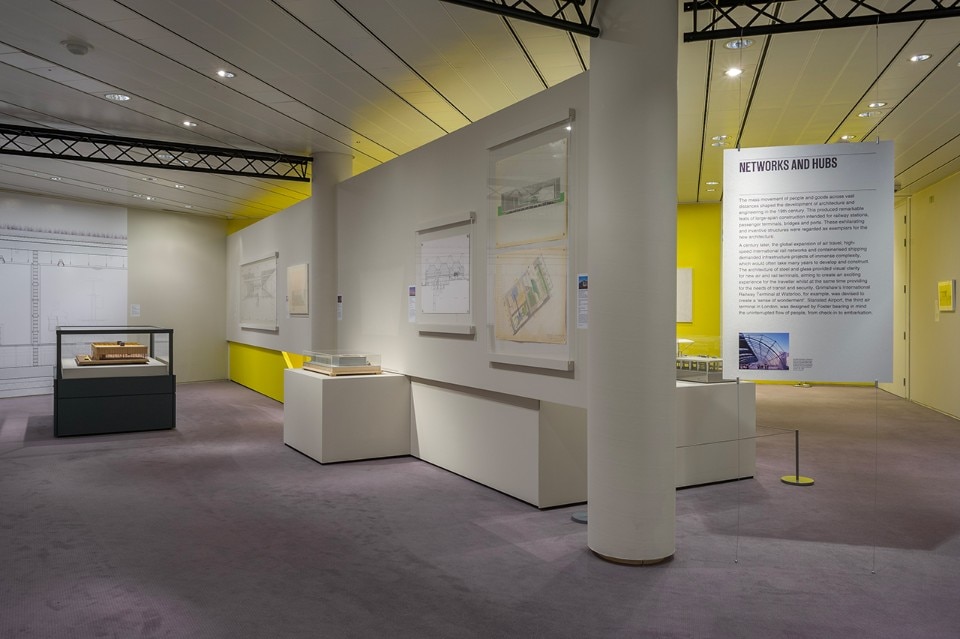
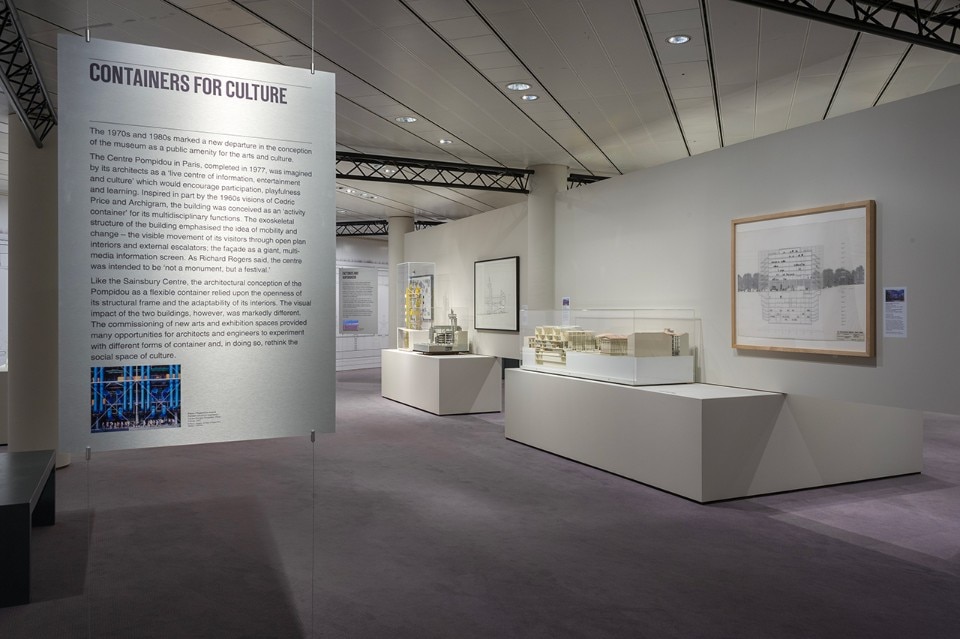
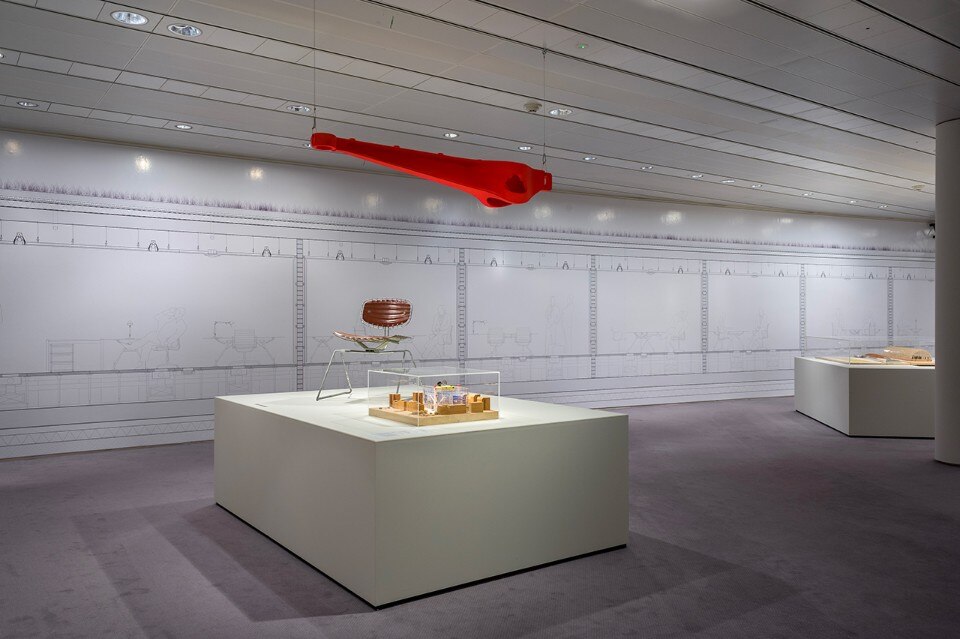
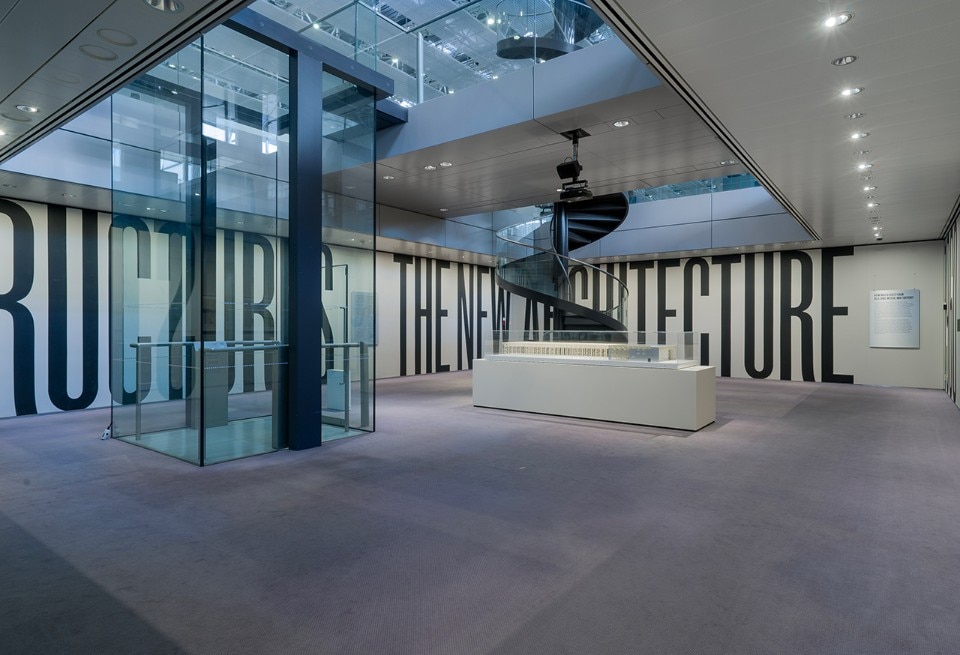
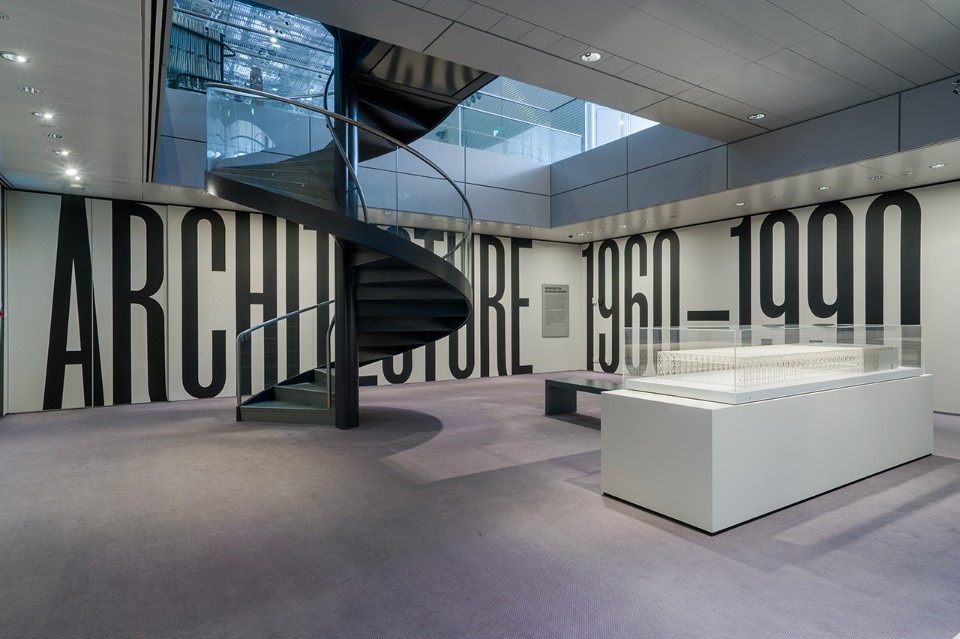
While underlining the fact that the High-tech “label” is more about eclecticism than unity in style, the exhibition reflects on the pioneering principles shared by most of today’s starchitects. For the occasion, big names such as Norman Foster, Richard Rogers, Renzo Piano are Nicholas Grimshaw were brought together, and the house of Michael & Patty Hopkins was partially reconstructed as part of the scenography.
Taking the Sainsbury’s architecture as a starting point to explain the High-tech philosophy, “Superstructures, The New Architecture 1960-1990” also goes back to the pioneering research of Joseph Paxton, Jean Prouvé and Buckminster Fuller, who were among the first ones to look at architecture through a structural point of view.
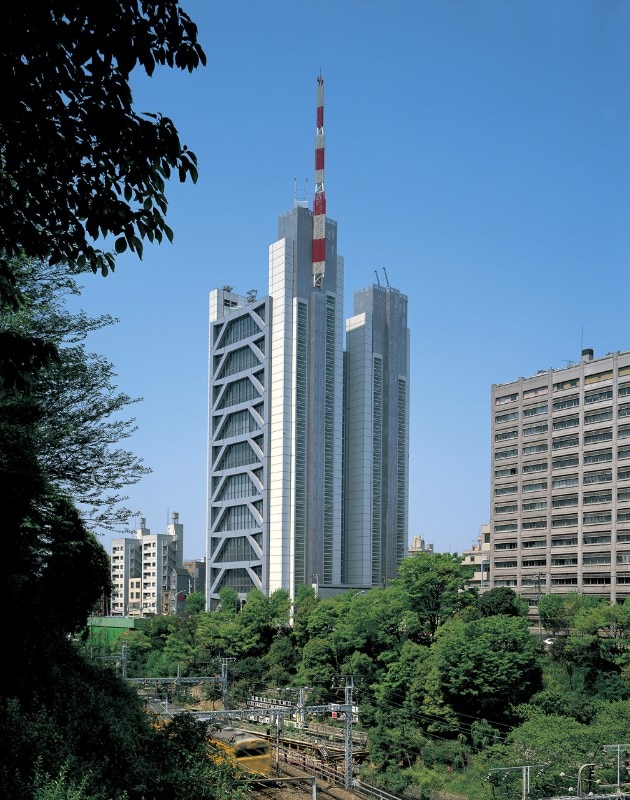
 View gallery
View gallery
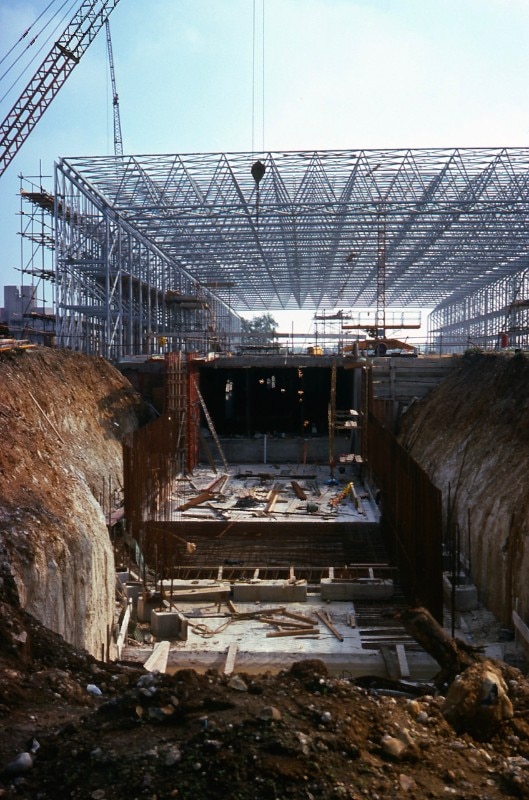
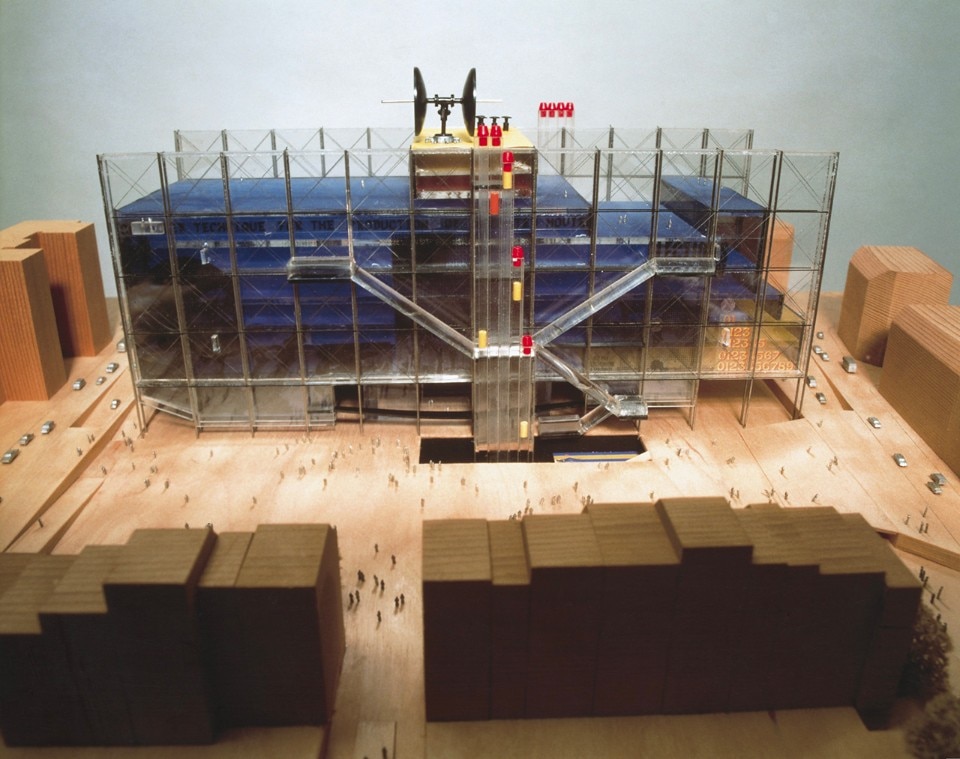
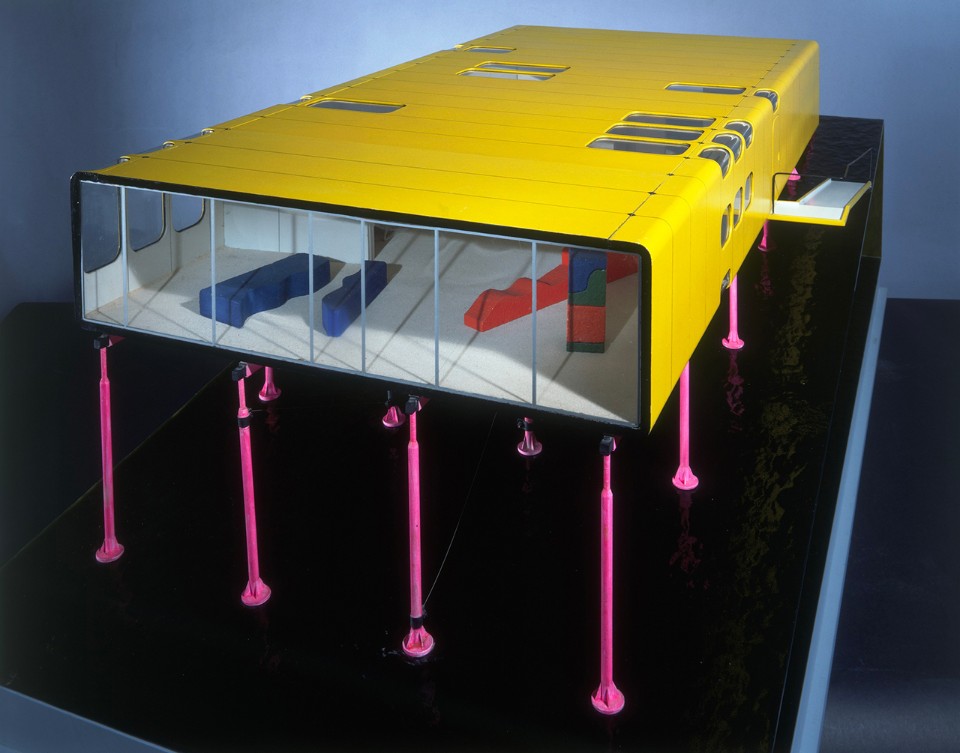
37_0014_1
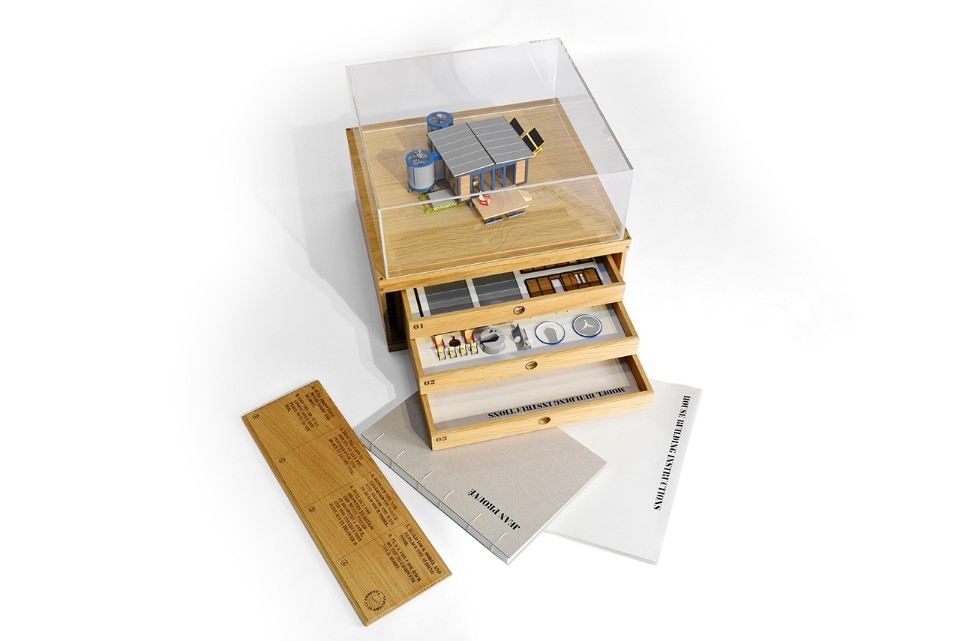
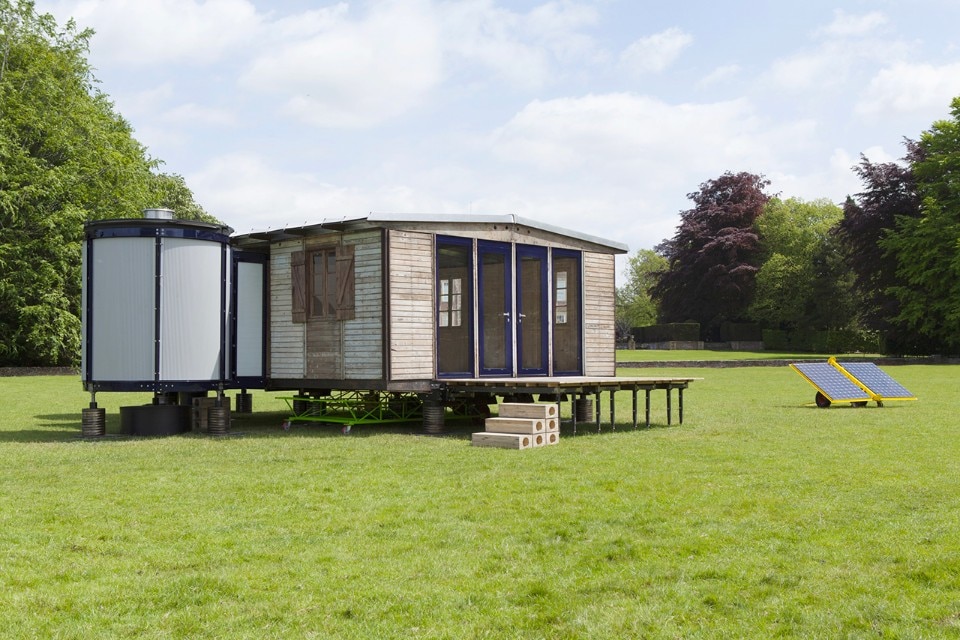
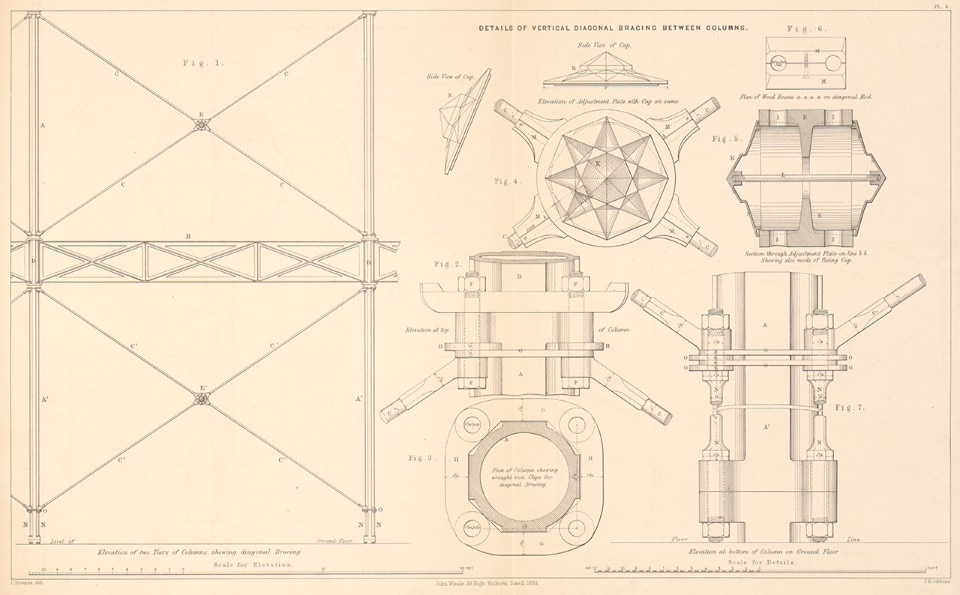
CIS:
The exhibits – that range from furniture to product design, drawings, paintings, film and photographs – provide insights about four sparkling decades. Years of great experimentation that witnessed, among the others, the construction of the Centre Pompidou, in Paris, and the International Terminal Waterloo, in London.
If, on the one hand, the exhibition pays tribute to the High-tech approach underlining its prolific aspect and its importance in drastically changing the skyline of cities such as London, Dubai and Hong Kong, on the other hand, it also makes room to the hypothetical. It presents, in fact, a series of unbuilt projects, among which figure the Tomigaya building in Tokyo by Richard Rogers. Designed to make the best of a narrow and awkward shaped building site, during the boom of the Japanese property market in the 1980s, the transparent crane-like construction never saw the light.
With its rich, but non-exhaustive, overview, “Superstructures, The New Architecture 1960-1990” proposes a maybe-precocious retrospective of a plural vision that is still moving forward.
- Title:
- Superstructures, The New Architecture 1960-1990
- Opening dates:
- until 2 September 2018
- Curated by:
- Jane Pavitt and Abraham Thomas
- Location:
- Sainsbury Center for Visual Arts
- Address:
- University of East Anglia, Norfolk Road, Norwich


